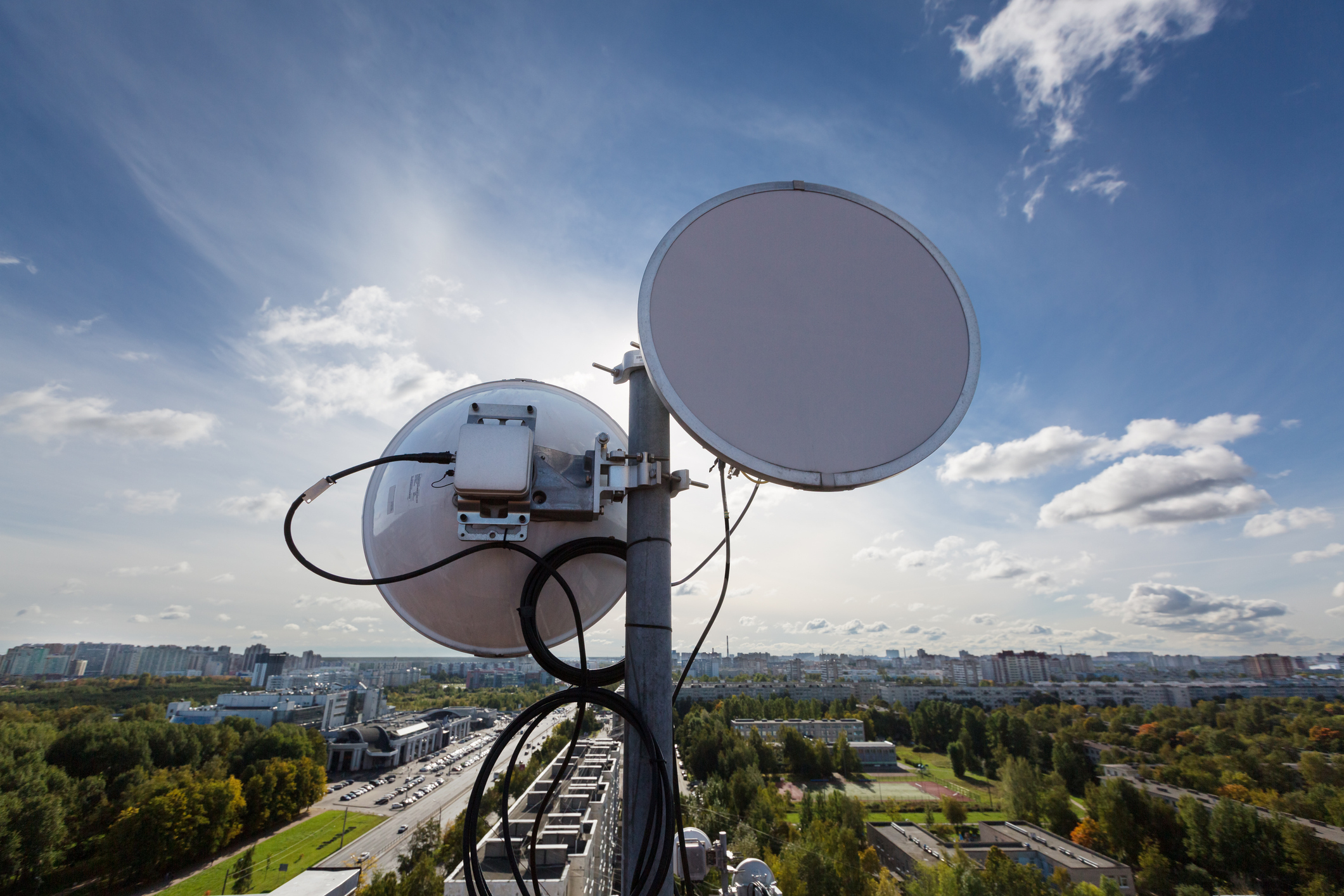
- November 2025 (2)
- October 2025 (3)
- September 2025 (3)
- August 2025 (3)
- July 2025 (2)
- June 2025 (3)
- May 2025 (3)
- April 2025 (3)
- March 2025 (2)
- February 2025 (1)
- December 2024 (2)
- November 2024 (1)
- August 2024 (2)
- June 2024 (3)
- May 2024 (3)
- April 2024 (1)
- March 2024 (3)
- February 2024 (2)
- January 2024 (2)
- December 2023 (1)
- November 2023 (2)
- October 2023 (2)
- September 2023 (1)
- August 2023 (1)
- July 2023 (2)
- June 2023 (3)
- May 2023 (2)
- March 2023 (4)
- January 2023 (2)
- November 2022 (2)
- September 2022 (1)
- August 2022 (2)
- July 2022 (2)
- June 2022 (1)
- May 2022 (1)
- April 2022 (3)
- March 2022 (1)
- February 2022 (3)
- January 2022 (2)
- December 2021 (1)
- November 2021 (1)
- October 2021 (2)
- September 2021 (3)
- August 2021 (1)
- July 2021 (3)
- May 2021 (2)
- April 2021 (2)
- March 2021 (2)
- February 2021 (3)
- January 2021 (3)
- December 2020 (1)
- October 2020 (1)
- August 2020 (1)
- August 2019 (1)
- January 2019 (2)
- September 2018 (5)
- June 2018 (1)
- November 2017 (1)
- September 2017 (1)
- July 2017 (1)
- May 2017 (1)
- January 2017 (1)
- October 2016 (2)
- August 2016 (1)
- July 2016 (1)
- June 2016 (1)
Subscribe by email
Subscription billing has become a widespread payment model for delivering convenience and flexibility to consumers, while businesses use it to build lasting customer relationships and ensure steady, recurring revenue. Although it may seem like an obvious choice, managing subscription billing often brings unexpected challenges–especially when navigating tax compliance.
While not all goods and services are taxable, those that are can be taxed each time an exchange is made, even if that exchange is automated. For businesses in the IoT industry, these tax challenges are further complicated when both connectivity services and physical goods are involved in the transaction. The complexity and risks of taxation in subscription billing have led some businesses to abandon the model altogether because they can’t find a solution. In this guide, we’ll share how to navigate sales tax nexus in the IoT industry and how Zipit’s subscription billing platform can simplify the taxation process.
Key Takeaways:
-
Subscription billing introduces recurring tax obligations that aren’t always easy to manage. Recurring charges, mixed offerings, and varying tax rules create layers of compliance risk.
-
Subscriptions are taxed based on the goods and services delivered. Every billing cycle triggers a new tax event, requiring businesses to collect and remit taxes according to regional laws.
-
Sales tax nexus is a moving target that must be closely monitored. Businesses must understand where they have tax obligations and ensure they’re registered and compliant in each jurisdiction they serve.
-
Evolving laws and mixed-product subscriptions further complicate tax responsibilities. IoT products often combine services and hardware that may be taxed differently depending on the location.
-
Automation is key to staying compliant as your business scales. Zipit’s billing platform helps IoT companies collect, calculate, and file taxes accurately across global markets.
Why are subscriptions taxable?
Like traditional purchases, subscriptions involve the perpetual exchange of a good or service. While the subscription itself isn’t taxable, the products or services provided through the subscription are subject to the same sales tax as if they were sold in a one-time purchase. Each time a customer is charged for a subscription, the business is responsible for collecting the appropriate sales tax.
The challenge arises when subscriptions are sold across state lines since each state has its own regulations regarding what is taxable. To comply, businesses must adhere to the tax laws in every state where their subscriptions are sold. This becomes even more complex as the business begins to scale globally, introducing international tax laws.
The importance of understanding tax implications
To meet tax requirements for your subscription service, it’s important to first understand your business’s responsibility to collect taxes, or sales tax nexus. If your business fails to collect the required taxes from customers’ subscriptions, it will be liable to cover the full amount. Once the tax is past due, a business is additionally subject to fines, penalties, and interest on the unpaid tax.
Absorbing this uncollected sales tax can strain your business’s financial resources, making it crucial to research tax laws in new markets and closely monitor any changes. Non-compliance can interfere with scaling strategies and may even cause customers to distrust the integrity of a brand that does not prioritize legal practices.
Learn more: What Is Telecom Billing and How to Choose Billing Software for IoT Devices
What are the tax challenges of subscription billing?
Though vital for business health, tax compliance for subscription billing models is often simpler in theory than in practice. Several challenges complicate tax requirements, especially for recurring billing models. Here are a few barriers for businesses with subscription services.
Economic nexus
Businesses are responsible for tracking their tax obligations, or nexus, which arise from their economic presence in a state. While physical nexus is straightforward, determining economic nexus becomes more complex with the digital nature of subscription sales. Revenue- and transaction-based thresholds dictate when a business is required to collect sales tax, but these thresholds vary by state. Once your business crosses a threshold in a given state, you must register, collect taxes, and file regularly. The variation in state requirements makes it challenging to manage tax responsibilities across multiple jurisdictions.
Evolving tax regulations
State tax laws not only vary widely but also change frequently, requiring ongoing compliance efforts from businesses. Evolving tax laws also apply to communications taxes, directly affecting businesses that offer connectivity subscriptions for IoT deployments. Additionally, businesses must keep up-to-date with tax holidays, which exempt certain items from sales tax and, like tax laws, differ from state to state.
Product and service taxability
A key step in understanding your sales tax requirements is identifying which products, or product components, are actually taxable. Taxability varies by state, with some product and service categories subject to sales tax in certain states but not others. For instance, while many states exempt medical IoT devices from sales tax, states like Alabama and Washington generally require businesses to collect it, with exceptions for some medical IoT devices. These inconsistencies demand careful attention, especially for businesses in industries with unique tax conditions.
To help with these taxation challenges, many businesses need a merchant of record (MoR) to process customer payments, manage tax liabilities, and ensure compliance. Zipit serves as an MoR for IoT businesses by managing connectivity payments and taxes across different jurisdictions worldwide.
Learn more: The Merchant of Record in IoT: A Strategic Imperative for OEMs
Navigating tax complexities in the IoT industry
In the IoT industry, tax complexities are multiplied when connectivity is added to the equation. In some areas, cellular communication is taxable, introducing yet another layer of taxation for businesses to navigate. Businesses must account for these complexities to ensure compliance and avoid costly penalties. IoT businesses encounter several key tax considerations.
Varying subscription models
Different IoT applications require varying subscription frequencies. While some may follow the traditional monthly subscription model, other IoT applications are seasonal. These unique billing patterns can complicate the application of accurate tax rates throughout the year since tax responsibilities may shift based on the timing and frequency of service delivery.
Product or service components
IoT devices can comprise both taxable and non-taxable components, depending on where they’re deployed. For instance, an IoT subscription could include cellular service, a SIM card, and the device or software platform itself. Each component of the subscription may be subject to different tax regulations in each location, requiring careful consideration to ensure proper taxation in every area where the device operates.
Taxability of internet service
Communications taxes depend heavily on how and where an IoT device accesses the internet. As the IoT industry evolves, regulations governing the taxability of connected devices are subject to change. For devices that roam, businesses are responsible for determining the applicable communications tax rates in each area where the device was connected–a task that requires careful tracking and research.
Tax types for global deployments
As your IoT business scales internationally, additional tax obligations are introduced. Global deployments may incur sales tax, Value-Added Tax (VAT), and Goods and Services Tax (GST) depending on the region. Each of these tax types comes with its own set of regulations, and your business is liable to collect and pay taxes in compliance with the unique requirements of each jurisdiction.
How to comply with sales tax on subscriptions
Sales tax compliance can be particularly challenging for IoT subscription businesses, but the consequences of non-compliance are severe. Failing to file and pay the correct amount of taxes drains resources, damages customer trust, and ultimately hinders business growth. To avoid these risks, businesses must be proactive in managing their tax obligations. The following steps outline how to stay compliant with sales tax requirements.
1. Determine your nexus
Identify your tax responsibilities in the states and countries where you have customers. Then, ensure your business is registered to collect taxes in each of these jurisdictions before collecting any taxes. Because of all the variances between state tax laws–and the added complexity of international regulations–this step can be tedious.
2. Apply accurate tax rates to subscription billing
Collect taxes from customers by applying the correct rates to their subscription fees. Before charging these taxes, ensure the tax rates align with the specific tax laws of the state where the transaction occurred. Applying the incorrect rate can be inconvenient and misleading for customers.
3. File and pay taxes promptly
Once you’ve collected the correct amount of taxes, file and pay them on time. If you’ve accurately determined your nexus and applied the correct tax rates to subscription billing, this step is the simple matter of transferring collected taxes to local tax authorities. Deadlines vary by location, so be mindful of when taxes are due in each jurisdiction.
4. Stay informed about policy changes as your business scales
State tax laws differ and change often. As your business grows, keep track of transactions in each state, identifying where sales tax rates may have changed and when you cross thresholds that determine your nexus.
If your IoT subscription business lacks the bandwidth and resources to ensure compliance as you scale, consider partnering with an MoR like Zipit. With Zipit’s automated process and strong global presence, your business can rest assured that taxes are collected in the right amount, filed in each local market, and paid on time. With over a decade of experience as an MoR, we’re prepared to help you manage the complexities of taxation, so your business can optimize its operational efficiency.
Learn more: IoT Technology in Retail: From Inventory to Customer Experience
Simplify tax compliance with Zipit’s automated billing service
Designed specifically to handle the challenges faced by IoT businesses, Zipit’s automated billing system simplifies the complex, time-consuming task of tax compliance. By automatically calculating, collecting, and filing national and international taxes, Zipit ensures your business stays up-to-date with the latest changes in tax regulations. Serving as your MoR, Zipit eliminates the need for manual monitoring, ensuring accuracy and allowing your business to channel time and resources into growth instead of tax compliance.
Not only does Zipit provide a billing system to reduce the risk of costly mistakes and penalties, but as MoR, we also manage customer payments. Tax collection is integrated directly into your customers’ subscription payments for connectivity services, which are tied to the IoT SIMs in the devices. By automating the entire process, Zipit provides a streamlined, worry-free approach to tax management for IoT subscriptions, giving you confidence that your business’s tax obligations are being met accurately and efficiently.
Contact Zipit to learn how our automated billing platform can simplify tax compliance for your IoT business.
You may also like:
Related Content
The latest IoT insights and platform updates from Zipit.
The Internet of Things (IoT) is transforming how businesses operate, compete, and ...
Internet-connected objects increasingly dominate both professional and personal sp...
The explosion of IoT devices has driven demand for wireless networks that can cost...



